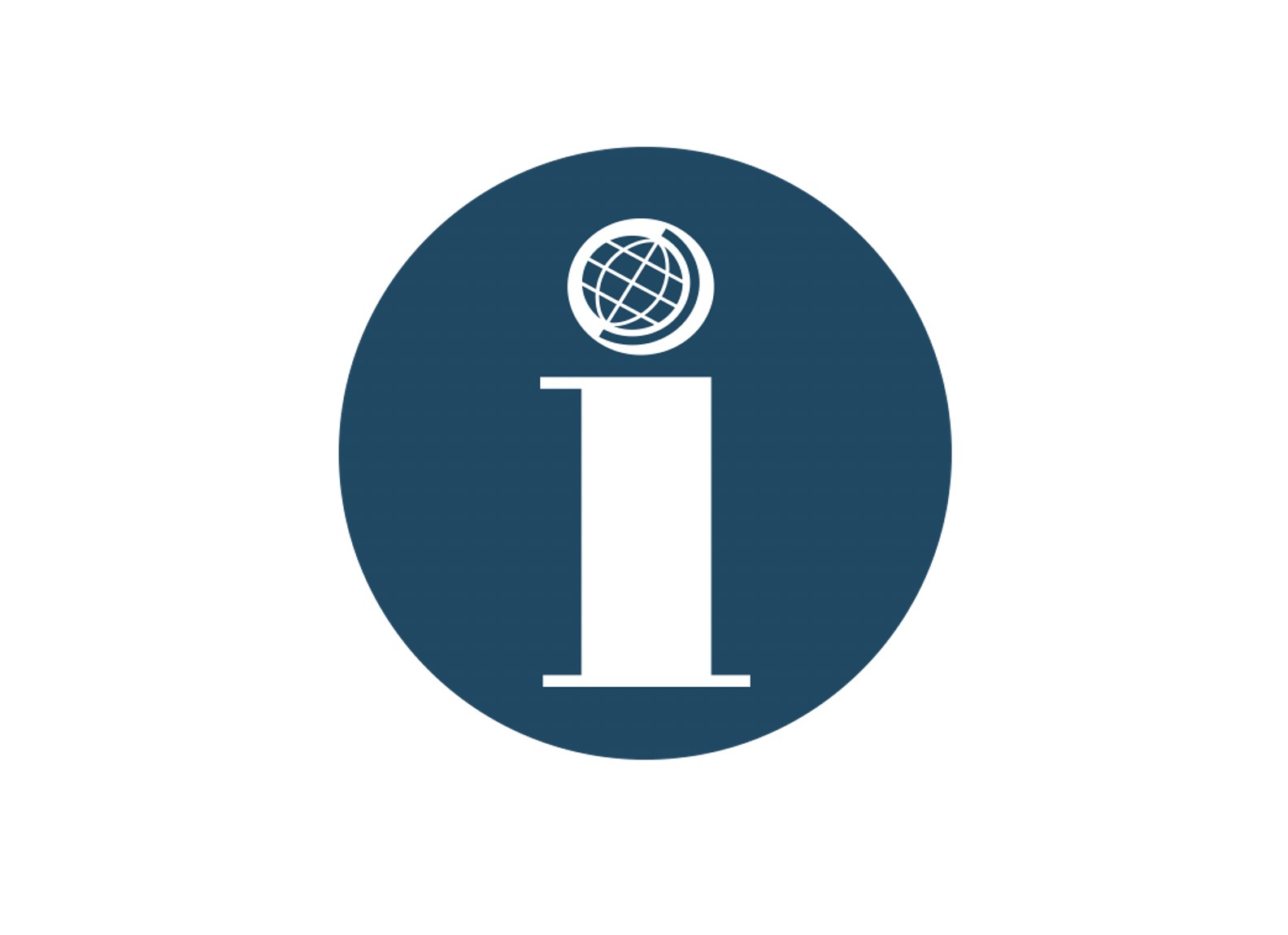Hate speech is often seen as a binary choice. This is in part due to attempts to automate its detection or censor/sanction it, thus needing clear demarcations to classify when a piece of communication is or is not hate speech. A review of definitions in the literature, however, identifies multiple interpretations of hate speech, with some potentially more harmful for its targets than others. This article first distinguishes three major typologies of hate speech and then six categories that fit within them. These categories are then placed within a 6-point hate-speech intensity scale that is differentiated by their escalating advocacy of deadly violence.
A hate-speech intensity scale can offer an early warning that can be useful to a range of actors, including those producing the speech (for self-correction), platform companies, regulators, jurists, human rights advocates, journalists, and the targeted groups. If operationalized through a hate-speech monitoring system, such a scale can also be a proxy for potential real-world harm against different groups and societal polarization in general. Of course, any effort at hate-speech monitoring must be conducted with great care to avoid violating the free speech rights of individuals and prevent abuse by those who may use it for nefarious ends, such as limiting legitimate political dissent against those in power.


